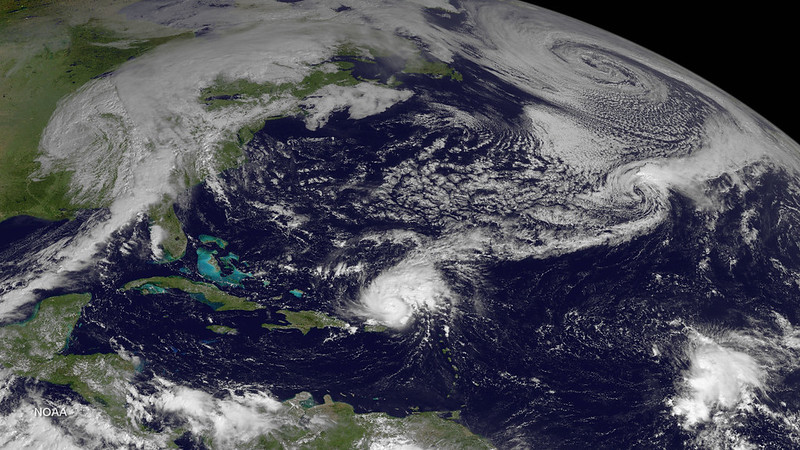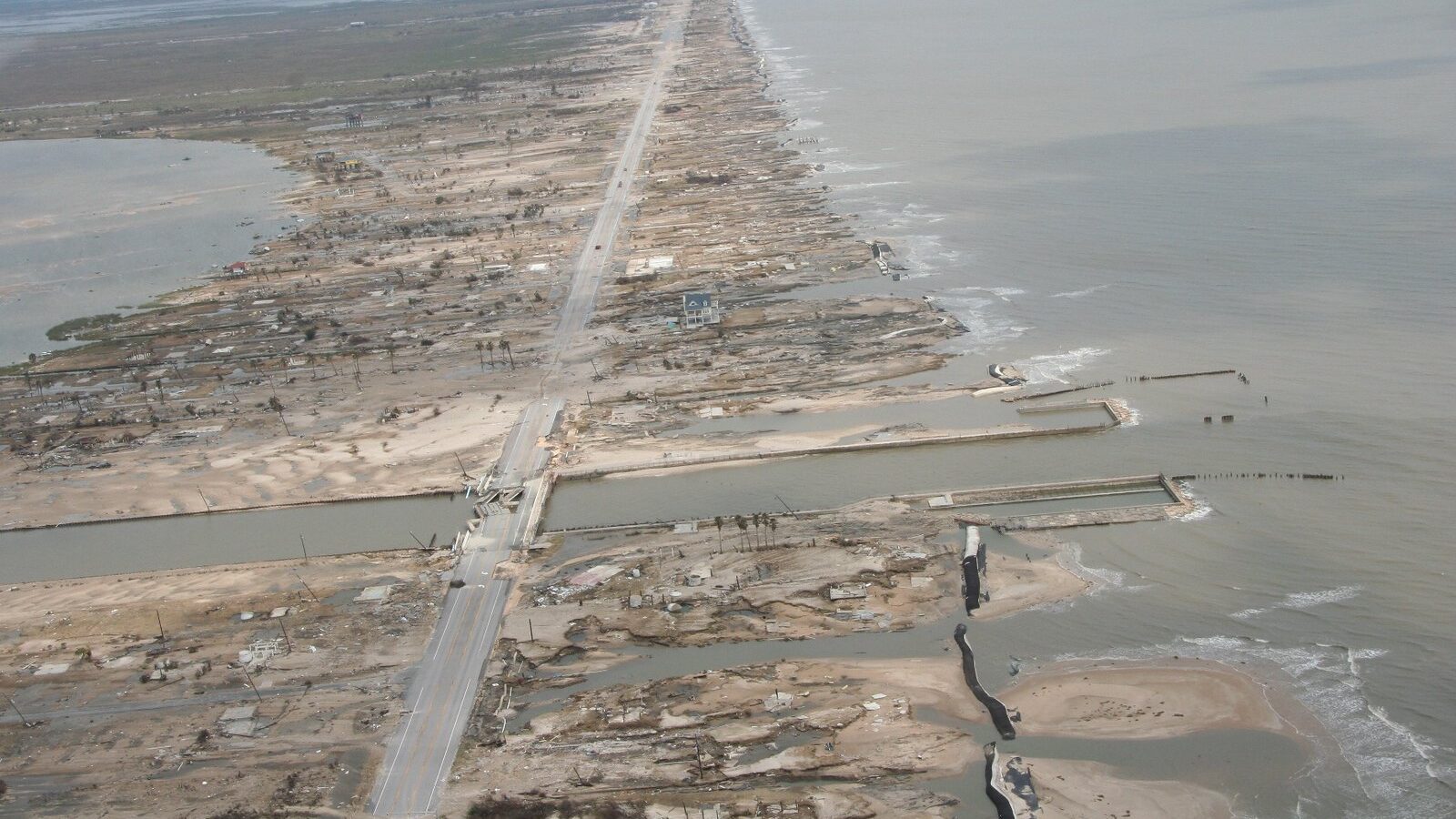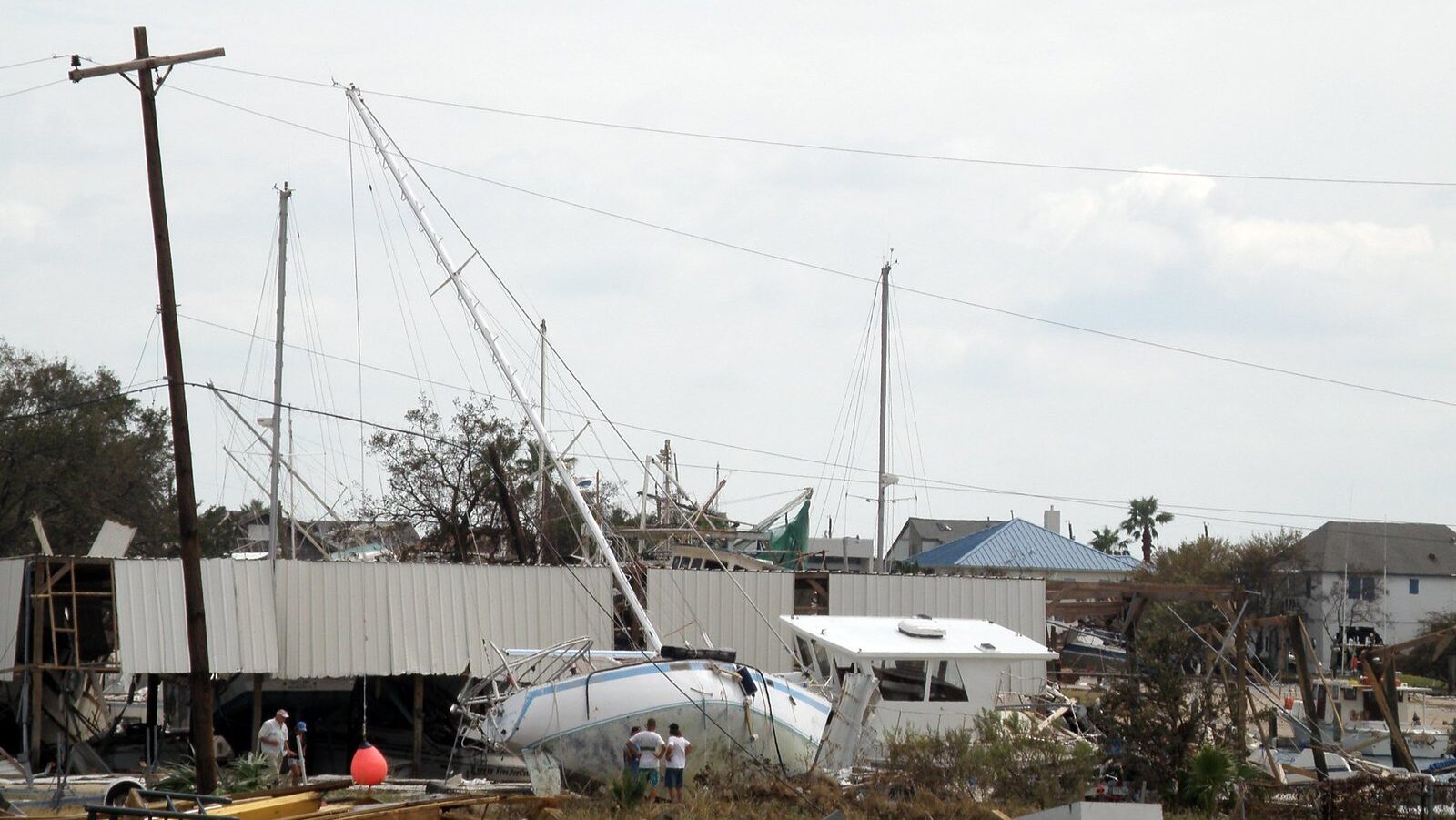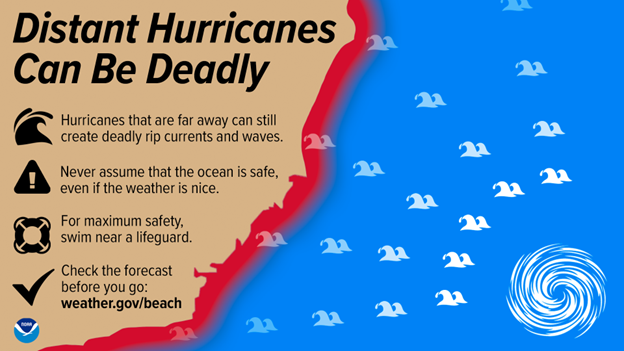A 2024 AMS Summer Community Meeting highlight
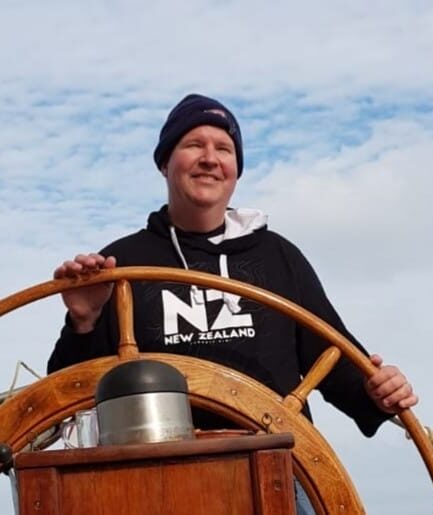
The AMS Summer Community Meeting drew exceptional attendance and engagement this year as people across sectors helped inform an upcoming report on the Weather Enterprise. The AMS Weather Enterprise Study will provide a comprehensive picture of the shifting landscape of weather-related fields to inform our joint future. At the 2024 SCM, working groups discussed what they’d found about key issues facing the enterprise, and asked for feedback from the community.
Here are a few takeaways from the Decision Support Services working group, as reported by Matt Corey (pictured at left) of Microsoft Weather. Decision support services (DSS) help stakeholders make weather-related decisions that are informed by the best available knowledge across fields. They are crucial for emergency managers and many other decision makers, as well as members of the public.
How has the decision support landscape shifted in the last decade or so?
Stakeholders for DSS range from an emergency manager making critical decisions about an entire community to an everyday citizen making a decision for themselves or their family. For decision support services, the last two decades have seen an abundance of technology changes which have allowed stakeholders easier access to information. However, this can be both a benefit and a challenge, as misinformation has also become more readily available.
What were the main themes that came out of your working group’s discussions?
The themes that emerged for us included:
- The different sectors of the Weather Enterprise have become coupled, with less well-defined boundaries when it comes to providing decision support.
- New players are entering the enterprise, with growing AI and novel ideas.
- Developing and maintaining the necessary workforce is a concern.
- There are increased opportunities for translating forecasts into easily understood language in order to support decisions.
- There is a need for increased funding for quality observational datasets for many applications, especially in AI.
- In a complex, misinformation-rich environment, there is still room for all sectors to tailor communications to stakeholders, but there is also concern about maintaining consistency in order to maintain trust.
- Embracing user centric design to understand stakeholder concerns, technical levels, and understanding is important, including the use of probabilistic information. Example: “There is an 80% chance the flooding will happen this afternoon.”
What are the main challenges you have identified?
In our group, the discussion continues to be about who should be providing decision support services. As the NWS gets more involved in DSS, one concern is for increased friction from some private sector entities. Another key point is that DSS is not limited to a specific stakeholder type. DSS is important to all citizens who need to make decisions involving weather every day, thus there is a shared dimension and need for responsible and clear messaging to all stakeholders (including the tactical use of probabilistic information).
A final recurring theme is around the workforce itself. Forecasters need to be taught communication skills, and social science is critical in helping to understand the needs and problems to be solved for the end users. With the focus shifting to newer tools including AI-infused capabilities, there is a concern that the new workforce will lose the necessary skills critical in conveying adequate decision support services.
What preliminary/tentative recommendations, solutions, or future directions have you discussed?
Some of the recommendations we’re working with right now focus on:
- Integration of weather, water, and climate information with socioeconomic and biosphere information for earth system forecasts.
- Cross-sector support of ecological forecasts and environmental early warning systems (for example, warnings of fishing industry impacts due to warmer water) to benefit society and facilitate impact-based action.
- Improved communication about weather impacts, especially in a changing climate, using common terms and learnings based on stakeholder’s decision needs.
- Embracing AI as a way to increase the velocity of forecasts, integrate probabilistic information into forecasts, and increase efficiency for both short-term services like nowcasting and long-term climate solutions for all.
- Helping meteorologists to become the communicators that they should be. Leveraging AI solutions and tools to help make them more efficient at helping stakeholders with their decisions.
- Expanding opportunities for smaller businesses/individuals to obtain specialized DSS.
- Increased public awareness of changing weather patterns stimulating the need for better accuracy, earlier warnings, and long-range projections.
- The need to smartly integrate probabilistic information to help stakeholders better understand forecasts and limitations.
Want to join a Weather Enterprise Study working group? Email [email protected].
About the Weather Enterprise Study
The AMS Policy Program, working closely with the volunteer leadership of the Commission on the Weather, Water, and Climate Enterprise, is conducting a two-year effort (2023-2025) to assess how well the weather enterprise is performing, and to potentially develop new recommendations for how it might serve the public even better. Learn more here, give us your input via Google Forms, or get involved by contacting [email protected].
About the AMS Summer Community Meeting
The AMS Summer Community Meeting (SCM) is a special time for professionals from academia, industry, government, and NGOs to come together to discuss broader strategic priorities, identify challenges to be addressed and opportunities to collaborate, and share points of view on pressing topics. The SCM provides a unique, informal setting for constructive deliberation of current issues and development of a shared vision for the future. The 2024 Summer Community Meeting took place August 5-6 in Washington, DC, and focused special attention on the Weather Enterprise, with opportunities for the entire community to learn about, discuss, debate, and extend some of the preliminary findings coming from the AMS Weather Enterprise Study.
